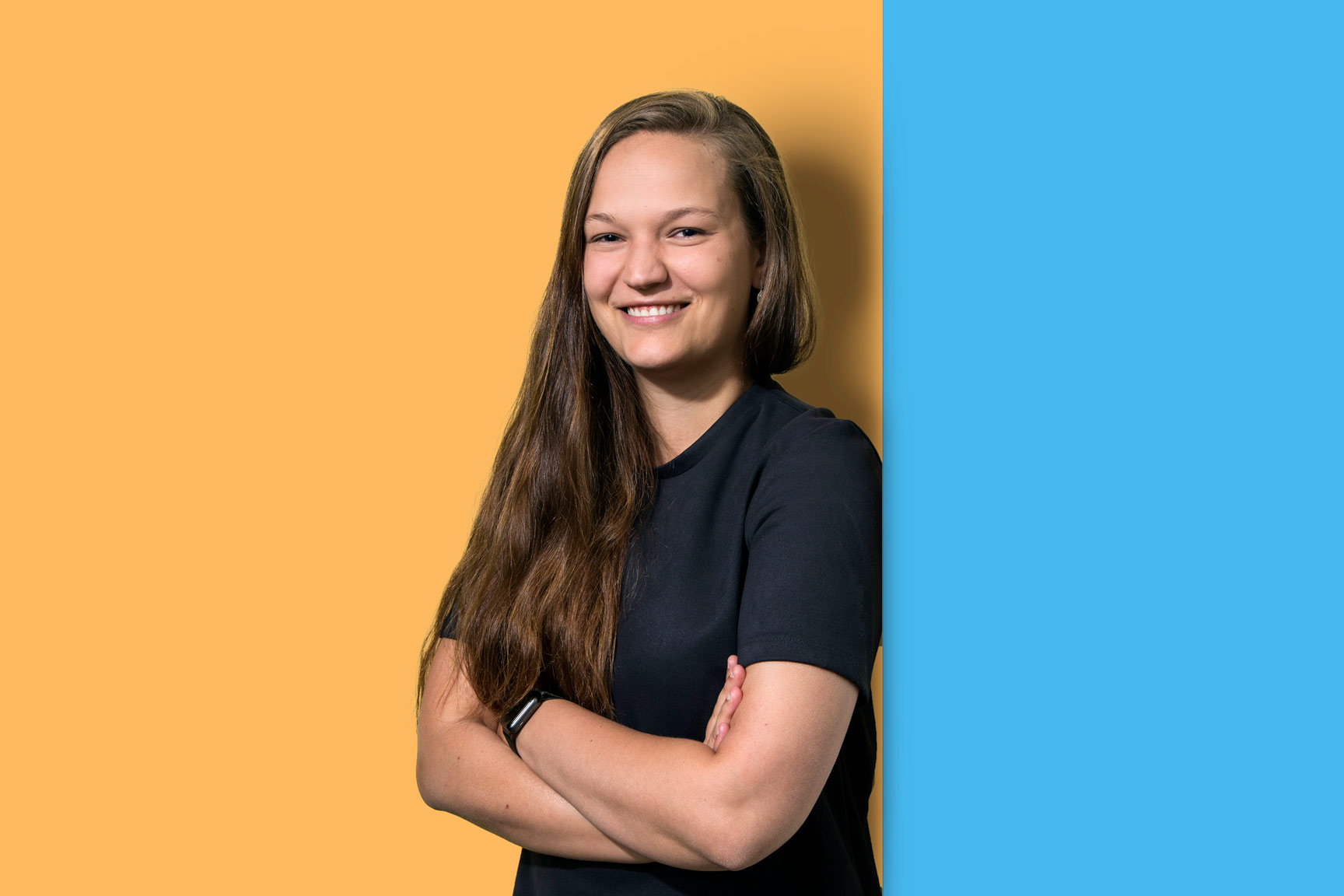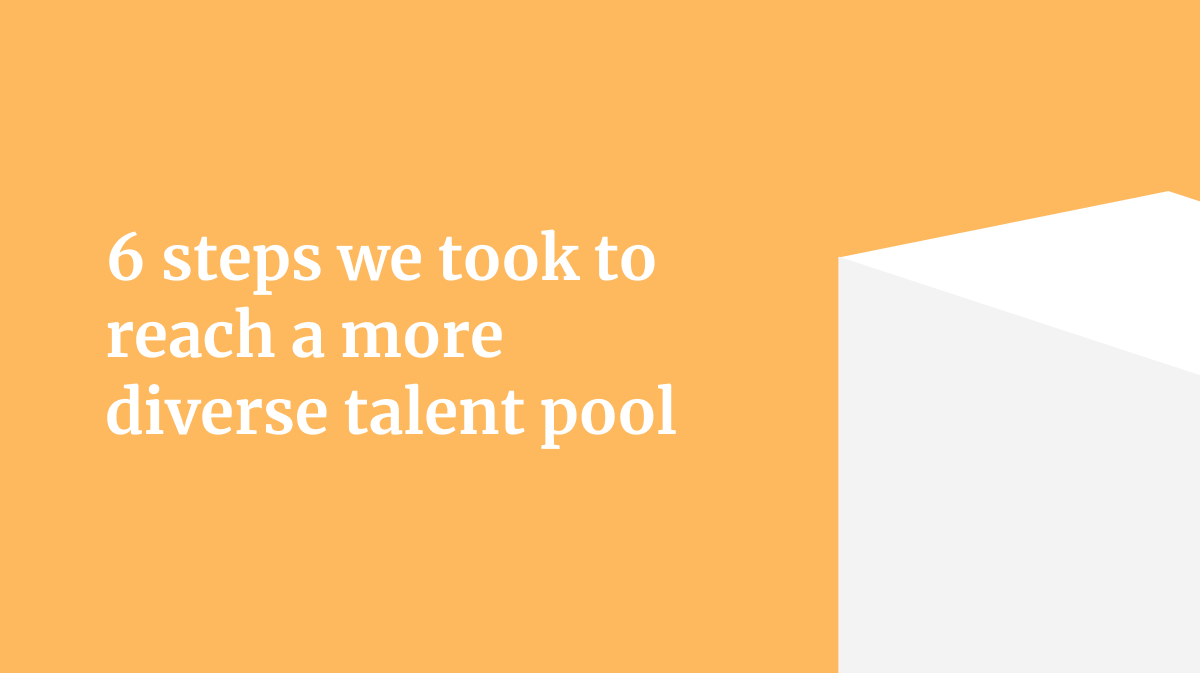Maria 01, Building 5, entrance B
Lapinlahdenkatu 16, 00180 Helsinki
Making history? lets@maki.vc
Press inquiries: press@maki.vc
Blog | May 5, 2021
 WRITTEN BY Josefiina Kotilainen
WRITTEN BY Josefiina Kotilainen

Ever since we posted our latest recruiting figures, we’ve received questions about how we got these results. I want to highlight that it was the result of work done over a few years. Maki.vc’s intern program was created because I felt we had a responsibility to educate the next generation of entrepreneurs and investors. We also want the new generation to be as diverse as possible and need to work towards it.
The PE industry has traditionally been conservative and the teams have mostly consisted of ex-bankers, who were thought to be the ones who knew how to invest in good cases. While the VC industry is smaller and younger, it still struggles with the same strong stereotypes and lack of diversity. There’s been a positive trend in diversifying investment teams globally, but as an industry, we’re still quite early in that journey. When we piloted our intern program in 2019, I was aware of these problems, but I didn’t understand the extent of it until I went through our applications. The lack of diversity in our candidate pool was imminent.
In our 2020 intern application round we did much better and some of our numbers are highlighted in the picture below. We’re nowhere near perfect, but I’m pleased to see progress. Next year, we’ll pay special attention to reaching people with more diverse backgrounds in education.
Next, I share my tips on how to reach more diverse pool of applicants:

It’s hard to fix something if you don’t have a clear picture of what you’re trying to fix. Collect data, find the problem, and set a clear goal. We found our application pool wasn’t diverse enough in 2019 and set out to fix the situation.
I spent hours finding best practices, meeting people, reading about different approaches to find what we could try next. I believe there’s always more to learn, so I’m still on that journey to look for the next lesson on diversity and inclusion in recruiting. I’ve added a few sources that inspired me or shaped my thinking at the end of this text, I hope they’ll inspire you as well.
In addition, our whole team has taken unconscious bias training to better understand our biases. This will hopefully make us better at not only hiring new talent but also in evaluating new investment opportunities.
This doesn’t happen overnight. We’ve worked hard to build a strong, inclusive brand and pay attention to our visuals, colors, word choices etc. We’ve also actively engaged in discussing inclusivity and other value-driven topics – and this was actually noted by almost all of the candidates we interviewed.
Note: you need to walk the talk, if your brand doesn’t reflect the real actions and culture of your company, you will get caught.
The drafting of a new job description took a lot of time. We carefully combed out masculine words, industry terms (like “dealflow”) and paid special attention not to reinforce any gender biases connected to specific job roles. We also added explicit examples of different majors from our own team to highlight the fact that you don’t need to study finance in order to work in VC. Also, we benchmarked job descriptions other VC firms have published and many of them listed 1-2 years of industry experience as a requirement even for analyst roles. We felt the range of skills is more important than years spent in a specific role or industry.
We thought about how and where to spread the message in order to reach our target audience and identified the relevant channels for spreading our recruitment ads: networks, WhatsApp, Slack, Facebook and Linkedin groups, and so on.
A lot of time was spent on thinking about the best practices for targeting our ads. We followed the candidate pool throughout the time the position was open for applications and adapted when necessary – instead of just waiting for the perfect applicants to show up.
I would also like to point out that it’s not enough to reach the candidates you would want, your messaging also needs to appeal to them.
It’s not enough that the candidate pool is diverse, if that diversity doesn’t last throughout the whole process. We tracked diversity through different stages of our recruiting process. Candidate evaluation is the part where it’s easiest to slip into your own biases, so it’s important to pay attention to the diversity in all the stages of the recruitment journey. And the work doesn’t end there; you also need to do this evaluation in your organization as well to see if there are glass ceilings that you haven’t noticed before.

--
There’s still a lot more to work on and a lot more for us to learn, but we wanted to share where we’re at and what we’ve done to get here. We want to see the best talent join VC firms and startups to make better investments, bring more value to our portfolio companies, and create better products and services for everyone. This is much easier to achieve if we can harness the power of a larger talent pool.
Unconscious bias training e.g. from Inklusiiv
The Playbook for Humanising Diversity and Inclusion by Chief Diversity Officer of eBay.
*Author: Josefiina Kotilainen is Maki.vc’s CFO, who is passionate about helping aspiring entrepreneurs and VCs from all walks of life. *